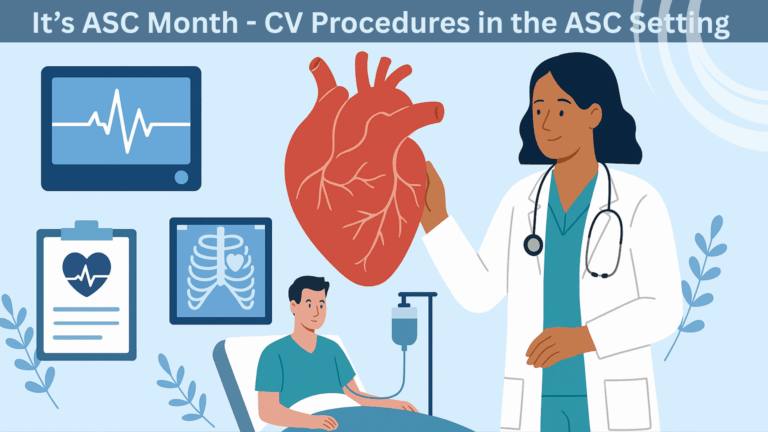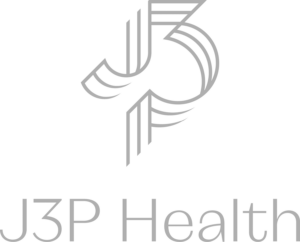Every year, as many as 400,000 patients will undergo major cardiac surgery operations with anywhere from 0.7% to 8% experiencing post-surgery cardiac arrest requiring resuscitation. Advanced cardiac life support (ACLS) continues to be the standard approach in the management of those experiencing cardiac arrest. While it can be an effective approach it is not the best approach for those within the initial 10 days post major cardiac surgery. ACLS recommendations call for immediate external cardiac massage coupled with defibrillation and/or pacing along with pharmacological use of epinephrine or vasopressors as indicated. However, these guidelines released in 2015 by the American Heart Association did not provide guidance for patients who arrest after cardiac surgery. During this same period, the European Resuscitation Council (ERC), in contrast, published guidelines recommending resternotomy within 5 minutes of a cardiac arrest, permitting any trained practitioner to perform the task. Below reviews the endorsed protocol, noting that resternotomy should be part of the resuscitation protocol until 10 days after major cardiac surgery. For patients post 10 days, a senior clinician should decide whether resternotomy is indicated.
Defibrillation/Pacing before External Cardiac Massage (ECM)
- If ventricular fibrillation / pulseless ventricular tachycardia (VT), external cardiac massage can be delayed for up to one minute to administer three sequential shocks (Class IIA, Level B) (Class I, Level B)
- Ventricular fibrillation or pulseless VT, after three failed attempts at defibrillation, emergency resternotomy should be performed with ECM started as a bridge to internal massage (Class I, Level B)
- With asystole, external cardiac massage can be delayed up to one minute to maximize temporary pacemaker output (Class IIA, Level C)
It is key to identify and rapidly eliminate reversible causes of cardiac arrest followed by either the use of defibrillation or pacing before external cardiac compressions as they can cause damage to the sternotomy. Epinephrine should be used cautiously to avoid potential rebound hypertension and prompt resternotomy within five minutes to promote optimal cerebral perfusion. Implementing these key modifications in emergent resuscitation for post-cardiac surgery patients will improve overall survival rates.
Sources:
The Society of Thoracic Surgeons Expert Consensus for the Resuscitation of Patients Who Arrest After Cardiac Surgery: The Society of Thoracic Surgeons Task Force on Resuscitation After Cardiac Surgery
Dunning Et Al Ann Thoracic Surgery 2017: 103: 1005 – 20

 company
company 
 (412) 364-8200
(412) 364-8200




























